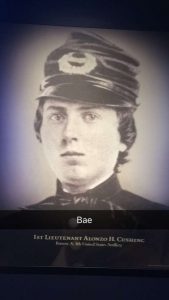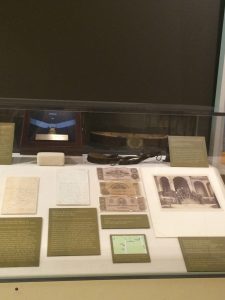I can honestly say that before this fellowship, I was a technophobe. I disliked technology with a strong passion. I always preferred doing things the “old fashioned way” (this could have been a sign that I was a budding historian or that I was a pretentious hipster). I prided myself on the fact that I didn’t know how to use social media but I knew how to work a 1960s Polaroid camera. Our discussion on Monday about how we use and view digital tools made me think about my own hesitations towards anything digital.
The discussion on Monday was accurate in pinpointing the reasons why some students are still uncomfortable with using technology in an academic setting. From personal experience, my technophobia stems from what I was taught in elementary school and high school. I can still remember having to go to the library to do a research project. When the internet started to become more widely used, I was taught that the internet was an unreliable source. (Who has gotten the Wikipedia spiel?) This trend continued throughout my middle school career until the message “the internet is unreliable” was embedded in my mind.
When I came to Gettysburg I fell into my routine of only using books. I found myself struggling to use the online resources for research because I didn’t know how to navigate the online resources. Even though I was brought up in a very digital world, the people who are/were my teachers were not and still stick to the traditional learning methods. I don’t think there is anything wrong with sticking to the traditional methods of teaching, however, I think it is important to show that digital sources can assist us in the classroom. This summer I have learned about the benefits technology brings to academia and I can say I am no longer a technophobe. If the digital humanities community wants to continue, we must encourage students to explore the depths of technology.




